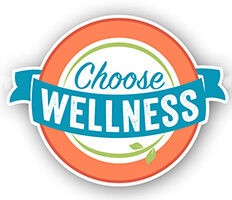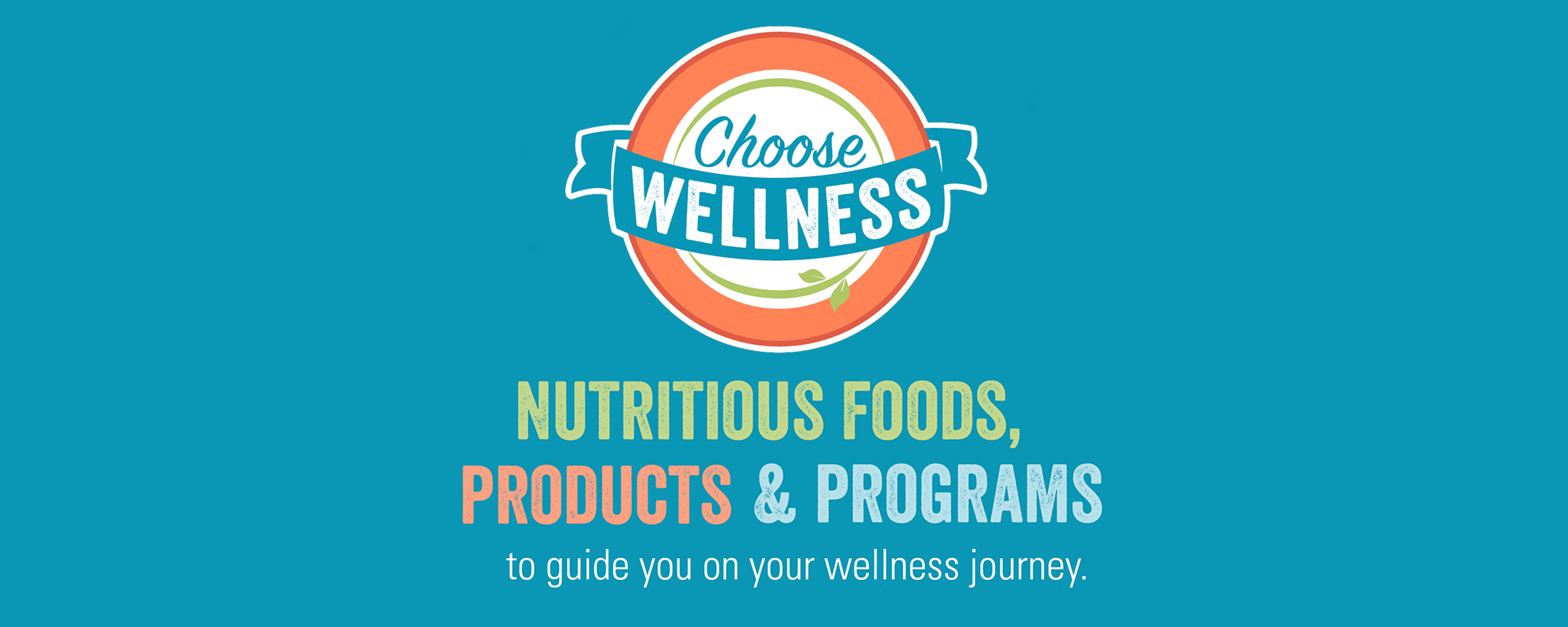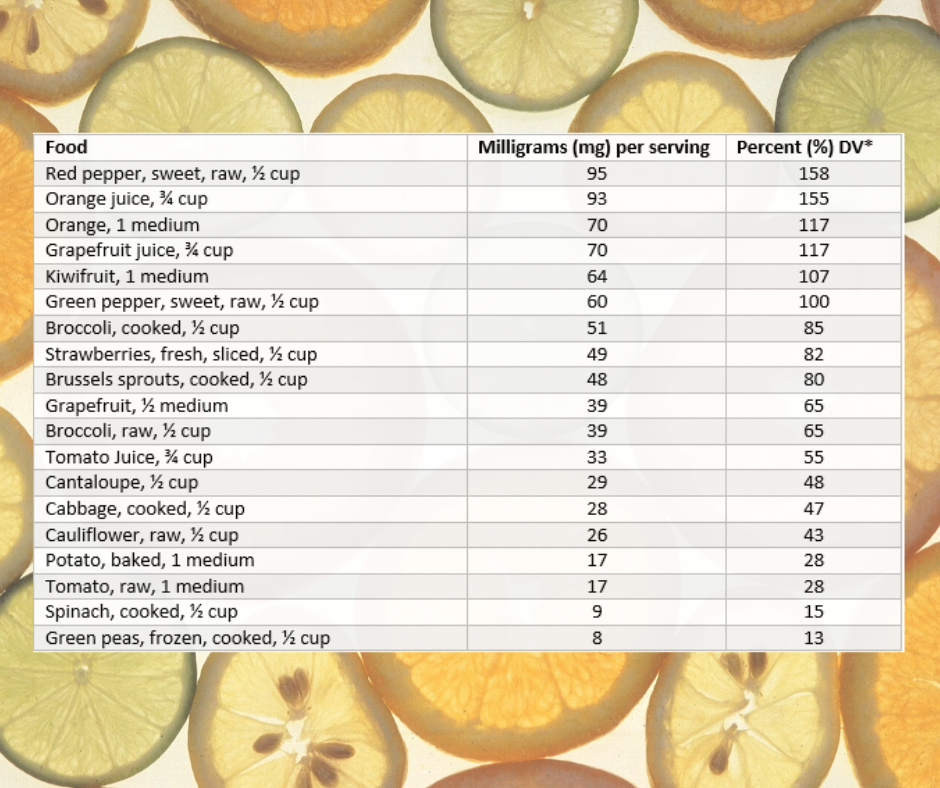Eating a healthy diet gives your body the energy and nutrients to fight disease and keep you feeling younger. Men, like all people, should have a diet focused on:
- Fruits and vegetables: at least 2 cups a day
- Whole grains: make half of your grain choices whole grain choices such as oatmeal, brown rice or whole grain bread, cereal and pasta
- Fiber: at least 38 grams of fiber per day for younger men; 30 grams of fiber per day for men older than 50. Whole grains, barley, beans, lentils, fruits and vegetables are high in fiber, help manage hunger and fullness and help fend off certain cancers, such as prostate and colon.
- Fats: focus on unsaturated fats such as heart-healthy fats such as olive oil, canola oil, nuts, seeds, avocados and oil-based salad dressings in place of saturated fats such as full-fat dairy foods, high fat meat, fried foods, butter and high-fat sweets.
- Protein: lean meats, seafood, and plant sources, like beans, peas and soy products
Energy Needs:
Since men have more muscle and typically are bigger than women, they require more calories throughout the day. Moderately active males likely need 2,200 to 2,800 calories per day. Your energy needs depend on your height, weight and activity level.
Visit www.choosemyplate.gov for customized energy needs and meal planning.
Health Risks:
Many of the typical health risks for men are related to behaviors that are more prevalent in men, such as smoking and drinking, unhealthy or risky choices, and putting off regular doctor visits or medical care. There are also health conditions that only affect men, such as prostate cancer and low testosterone. Many of the major health risks that men face – like colon cancer or heart disease – can be prevented and treated with early diagnosis. Screening tests can find diseases early, when they are easier to treat. It’s important to get the screening tests you need.
According the CDC, the top 10 causes of death for men in 2017, were:
- Heart Disease (24.2%)
- Cancer (21.9%)
- Unintentional Injuries (7.6%)
- Chronic Lower Respiratory Disease (5.2%)
- Stroke (4.3%)
- Diabetes (3.2%)
- Alzheimer’s Disease (2.6%)
- Suicide (2.6%)
- Influenza and Pneumonia (1.8%)
- Chronic Liver Disease (1.8%)










